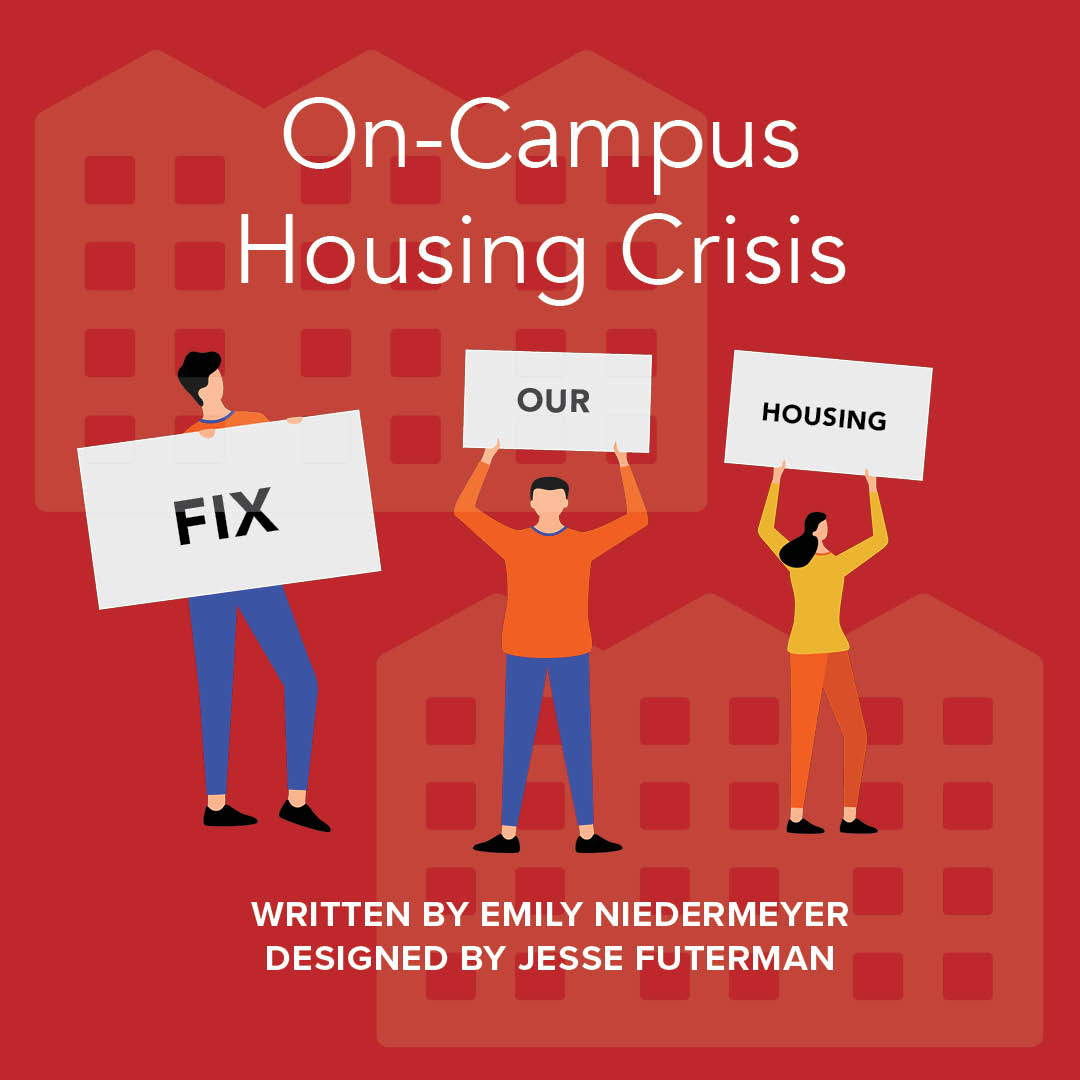
Living in a four-star hotel during your first year at university is not the typical college experience, yet thousands of students in Northeastern University’s freshman class are housed in the Midtown, Westin, and Sheraton Hotels of Boston. The Midtown Hotel has been in use since 2018, but the Westin and Sheraton Hotels were added in the middle of the pandemic to increase isolation spaces and promote social distancing. However, the use of these hotels has changed as one of the biggest incoming classes to date has moved onto campus.
While the hotels present elevated housing opportunities with spacious rooms, attached bathrooms, and an overall quality space, the buildings are located far from campus. First-year undecided major Rebecca Koblish echoes the sentiments of many other students: “I do feel a bit disconnected from the campus community. I feel like I haven’t spent a whole lot of time on campus getting to know the place or feeling like it is my home.” While Northeastern has other options for accommodating students on campus, they are not as glamorous as a four-star hotel. Forced triples are dorms in which three beds are put in a room meant for two. First-year computer science and business administration major Ashna Jain, who participated in the N.U.in program last semester, said “I think a part of me is like ‘Oh my god, you’re getting the traditional college experience of quite literally having no personal space.’ It definitely was a big adjustment when I first moved in.”
The N.U.in program delays the inevitable congestion on campus but does not solve the issue, since those students return to campus for the spring semester with little open space available to accommodate them. While every student fills out preference forms, most end up in the hotels regardless of their choices. The students who did end up in first year housing had similar situations to Jain: moving into pre-existing doubles from last semester with pre-existent roommate pairings. “I got lucky with having really nice accommodating roommates. It’s been a pretty smooth transition,” she said.
Northeastern received a record number of applications for the 2021-22 school year, and while the acceptance rate was comparable to previous years, there was no way to anticipate how many people would accept the offer of admission; more students accepted the offer of admission than normal. When asked about what course of action should be taken, both Koblish and Jain answered similarly. “I don’t know if I would describe [the use of hotels and forced triples] as the ‘right move’ for Northeastern, but I think right now it’s the only move for Northeastern,” Koblish said. “I don’t know logistically where they could place more residence halls if they wanted to build them.” The girls also agreed that Northeastern should begin to be more selective in the admissions process. “You could change housing or you could change how many people you accept, and accept based on how much space you have. I think that’s the smarter move,” Jain said. Koblish noted a similar thought. “[Northeastern] hasn’t to my knowledge started building new residence halls, so it’s not like this is a problem that will be solved in the next year or two years. I think they just need to start decreasing the number of kids they’re inviting to campus. It’s definitely unfortunate because I know a lot of students who want to come to Northeastern.”
The large first-year class has resulted in other issues on campus as well. Most recently, Northeastern has reopened the dining hall Stetson West during peak hours to increase seating capacity. It looks as if Northeastern has made the choice to decrease the number of students admitted for next year with the exceptionally low early action acceptance rate and high level of deferrals to regular decision. The admissions team has tough decisions ahead of them as applications for the class of 2022 roll in and they are left with no short-term options to house the thousands of students due to be on campus in the fall.